Plastic is one of the extraordinary inventions of humankind and is widely used on Earth. Plastic is a versatile material used in a lot of industries due to its high strength-to-weight ratio, low cost and long-term durability.
400 million tons of plastic are produced every year and out of which 10 million tons of plastic end up in oceans, it was estimated that by the end 2050 there will be more plastic in the ocean than fish. This alarming situation of plastic consumption and waste is a big challenge for humankind.
The relationship of humankind with plastic should be rethought in terms of plastic design, reuse and recycling. The plastic life cycle is merely based on old consummation behavior i.e., take-make-waste model which is also known as linear consumption model.
This model encompasses the production of plastic from petroleum raw materials whenever there is demand in the market and the disposal of plastic once it is used. The waste behavior of people makes plastic a worse enemy of humankind.
Single-use plastic is only recycled 14 % and more than 85 % of plastic packaging ends up in landfill, which is worth USD 80-120 billion annually. Moreover, the use of single-use plastic increased many folds after 2020 because of COVID-19 and this further exaggerates the problem of plastic waste.
There is no denial of the harmful effect of plastic on the environment in terms of microplastic in the food chain, ocean, climate change and plastic greenhouse emissions causing temperature rise.
Many efforts are being initiated to control the pollution from plastic waste and one of them is consumer-conscious purchase of products and the circular economy of plastic waste. The most effective method to control plastic pollution is to change the behavior of individuals while buying any product from the market.
The consumer should not only look into the brand, price personnel need, style and taste but also consider the product’s environmental consequences by looking at certified labels and prefer those products which promise the cradle-to-cradle approach of their products.
Circular economy:
The circular economy is an alternative approach to the linear consumption model. The circular economy ensures the maximum utilization of products promoting regeneration to resources management strategy.
Circular economy utilized the concept of making sure that the product stays in the economy as long as possible, recovering and regenerating the product at the end of the life cycle. It involves maximizing the utilization of existing materials and products through sharing, leasing, reusing, repairing, refurbishing, and recycling, thereby extending their lifespan as much as possible.
Circular economy approach:
The circular economy model makes sure that less raw material is used, reduces waste generation and fewer emissions from the production of plastics.
The circular economy based on three approaches
- Waste and pollution elimination
- Circulate product
- Regenerate nature
- Waste and pollution elimination
The problem as well as the solution lies in the initial design or manufacturing of plastic products. Most plastic products are designed in a way that they can be used once and then disposed of in a landfill causing environmental contamination.
The first approach to a circular economy is to design or manufacture the product in such a way that it can stay in the economy for a long time. It can be reused, shared, repaired, remanufactured, refurbished and as the last option it can be recycled.
Companies which are designing their product are important factors to reduce plastic waste in the first place. The circular economic smart design of products can eliminate the pollution of air, land and water at the initial stage of plastic production.
Circulate product
The second approach to a circular economy is to circulate the product at their optimum value in the market. This means to keep the material in use either in the product or as a component of the product which will be circulated in the economy as long as it adds value in the economy. This approach makes sure that no plastic waste goes to landfill and the value of the product is retained in the economy.
There are many methods to circulate the product into the economy, usually divided into two cycles i.e., the technical Cycle and the Biological cycle. Product reuse, repair, remanufacturing, and recycling all occur within the technical cycle. Composting and anaerobic digestion are two examples of the biological cycle’s activities that return biodegradable materials to the earth.
Regenerate nature
The third approach of the circular economy is to shift the focus from extraction to regeneration to protect nature from the continuous harm of extracting the raw material for the production of the plastic product, this approach focuses on using the raw material from the products which are already in the economy.
The benefit of circular economy
Environment protection
70% of the worldwide energy is utilized by the manufacturing process of plastic products, which is the leading cause of air water and land pollution. A circular economy promotes the reuse and recycling behavior among the consumer which slows down the utilization of natural resources and ultimately slows down the manufacturing process.
Moreover, it was estimated that 80% of the product’s environmental impact will be determined at the initial manufacturing stage. This means that an efficient and sustainable product during the manufacturing process would help to reduce energy and resource consumption.
Reduce stress on raw material production
The average European produces nearly 180 kilos of packaging waste per year and the population is growing every year with an increase in the demand for raw material.
A circular economy reduces dependence on raw materials while promoting the cradle-to-cradle approach which in return reduces supply-related concerns such as price fluctuations, limited supply, and reliance on imports.
Consumer benefit
There are several advantages for consumers in a circular economy in addition to environmental ones. Items in the market will endure longer since planned obsolescence is discouraged due to the reuse of resources.
Increase recycling and reuse
The circular economy model encourages an increase in the rate of recycling and reuse of plastic products which in return reduce the carbon footprint of the product, and increase energy saving and resource productivity.
Reduce greenhouse gas emissions
The main purpose of the circular economy is to reduce the stress on raw material production and its consumption while doing so many companies’ greenhouse gas emissions have declined and companies have started to utilize renewable energy resources while limiting the consumption of fossil fuels for the production of new plastics.
This practice promotes the reuse behavior and reduces the production of new materials while promoting the energy-efficient production of products with non-toxic materials.
Challenges of circular economy
Lack of efficient recycling technologies
The widespread use of plastic in our environment causes bioaccumulation of microplastic in water and soil resulting in disturbance in the biodiversity chain and this microplastic ends up in the living organisms. This waste requires proper attention and management but the lack of modern and effective technology makes this process very difficult for the company to recycle and reuse the plastic.
Fear of losing recurring customers
The buying behavior of consumers defined the marketing and sales strategy of the companies. The conventional linear model behavior of buyers makes it difficult for companies to rethink and redesign the product with less plastic.
The consumer or buyer is reluctant to buy the product with a change in weight, aesthetic etc. A detailed understanding of consumer behavior and the design of the product along with a change in marketing strategy from the perspective of the consumer is the need of time.
Supply chain management
The linear economy is based on the forward flow of the material i.e., Raw material to the final product but in the case of the circular economy the reverse supply chain is equally important, that is the final product to collect, reuse and recycle. The complexity of reverse supply chain, quality and consistency insurance of reverse supply chain along with cost considerations present a huge challenge to companies to convert their business model to a circular economy.
Scaling and market penetration
Scaling and market penetration might be challenging for startups and SMEs as consumer buying behavior is more aligned to linear consumption of products rather than second-hand products.
Case study
Tesco successfully introduced the circular economy concept by implementing the 4R strategy remove, reduce reuse and recycle. The rethinking design strategy of Tesco packaging products eliminates the plastic while maintaining the consumer experience for example eliminating the secondary lid on cream pots has led them to eliminate 100 million pieces of plastic and this practice saves them millions of pounds. Similarly, the brand name BioTornado fully implements the circular economy concept in their domestic wastewater business in European countries. BioTornado is made-up of 100 % recycled plastic, which makes sure both the technical cycle and biological cycle of BioTornado give benefit to the environment.
Frequently Asked Questions


